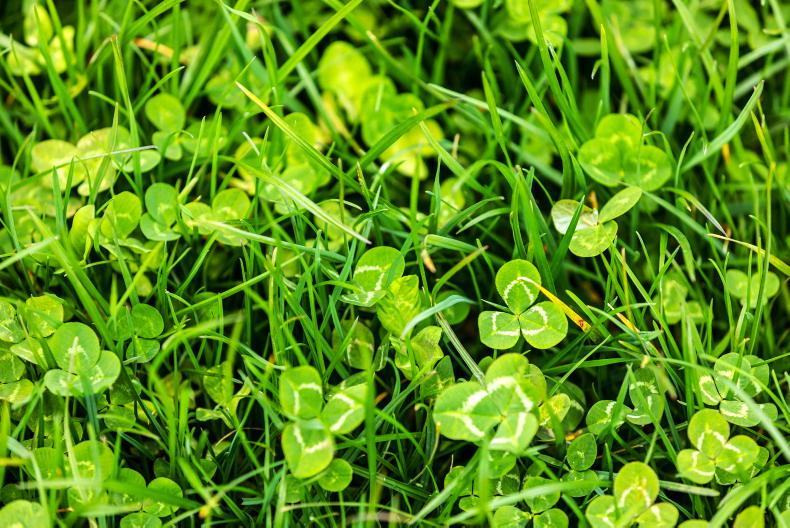Average grass growth rates continue to defy expectations, with many farms still growing up to and indeed over 30kg DM/ha/day.
These growth rates are excellent for the time of year, being around twice as high as most farmers would expect. It is helping to make up for the fact that most of the year was a horrible one for grass growth.
As most farmers started closing paddocks in early October, they are finding that there are very high covers of grass back on these paddocks, some heading towards 1,500kg DM/ha, especially if they have been recently reseeded.
This is stirring a debate as to whether these fields should be grazed again, or left as they are. The concern is that carrying over too much grass into the winter will lead to excess decay and a loss of cover.
It’s important to note also that these paddocks are unlikely to be grazed until March, as even on farms where early spring grazing takes place, most farmers start off grazing lighter covers.
For me, average farm cover trumps closing date as the key performance indicator. If the average farm cover exceeds target or is likely to exceed the target on 1 December, then there is scope to go back and graze some of the early closed paddocks again.
Another factor is clover. If there are high clover contents on these fields with high covers, then grazing them and carrying a light cover over the winter will be more beneficial for the clover as it needs light to the base.
In terms of the targets, most farmers will be looking to close up at 700kg DM/ha about three weeks away on 1 December.
Presuming growth rates are 10kg/day between now and then, it means that the farm cover today can be down at 500kg DM/ha, if the cows are fully housed from now on.
Alternatively, if cows stay out grazing, there needs to be a big enough differential between growth and demand to ensure that farm cover doesn’t go too low. Essentially, it can’t go below 500kg/ha if the farm is to the target on 1 December, presuming growth rates of 10kg per day.
Average grass growth rates continue to defy expectations, with many farms still growing up to and indeed over 30kg DM/ha/day.
These growth rates are excellent for the time of year, being around twice as high as most farmers would expect. It is helping to make up for the fact that most of the year was a horrible one for grass growth.
As most farmers started closing paddocks in early October, they are finding that there are very high covers of grass back on these paddocks, some heading towards 1,500kg DM/ha, especially if they have been recently reseeded.
This is stirring a debate as to whether these fields should be grazed again, or left as they are. The concern is that carrying over too much grass into the winter will lead to excess decay and a loss of cover.
It’s important to note also that these paddocks are unlikely to be grazed until March, as even on farms where early spring grazing takes place, most farmers start off grazing lighter covers.
For me, average farm cover trumps closing date as the key performance indicator. If the average farm cover exceeds target or is likely to exceed the target on 1 December, then there is scope to go back and graze some of the early closed paddocks again.
Another factor is clover. If there are high clover contents on these fields with high covers, then grazing them and carrying a light cover over the winter will be more beneficial for the clover as it needs light to the base.
In terms of the targets, most farmers will be looking to close up at 700kg DM/ha about three weeks away on 1 December.
Presuming growth rates are 10kg/day between now and then, it means that the farm cover today can be down at 500kg DM/ha, if the cows are fully housed from now on.
Alternatively, if cows stay out grazing, there needs to be a big enough differential between growth and demand to ensure that farm cover doesn’t go too low. Essentially, it can’t go below 500kg/ha if the farm is to the target on 1 December, presuming growth rates of 10kg per day.







 This is a subscriber-only article
This is a subscriber-only article










SHARING OPTIONS: